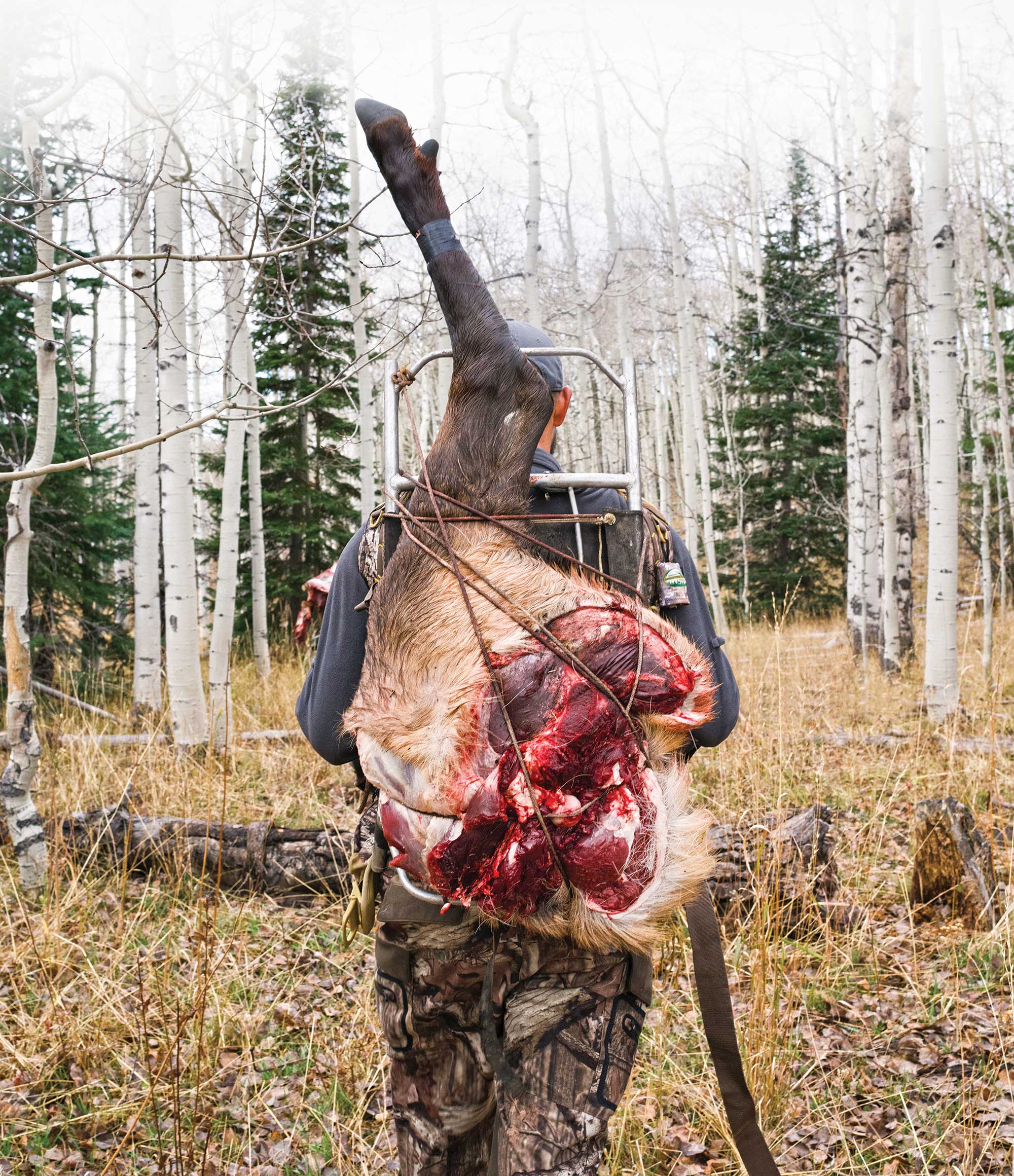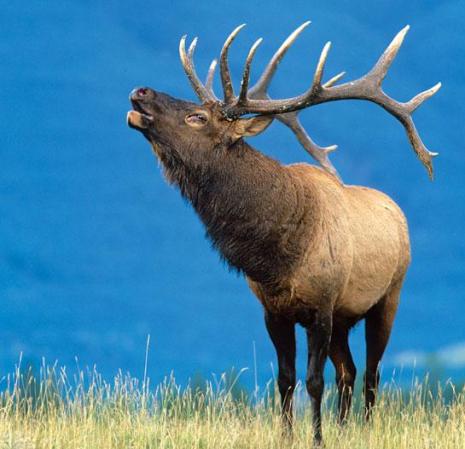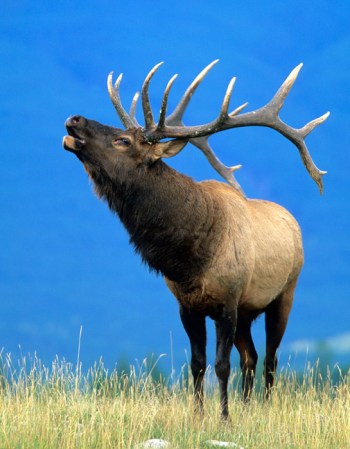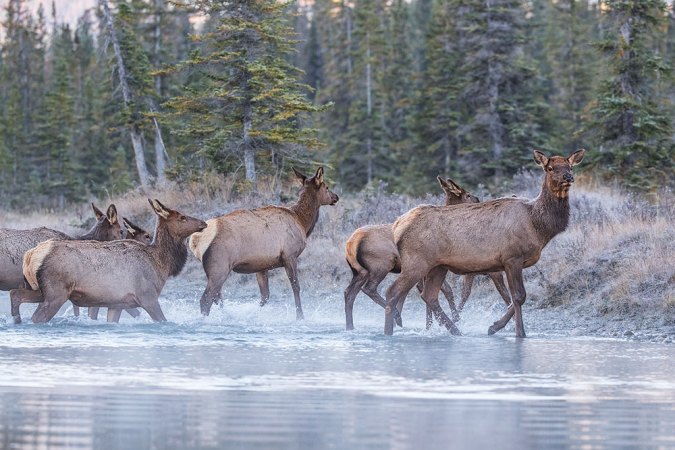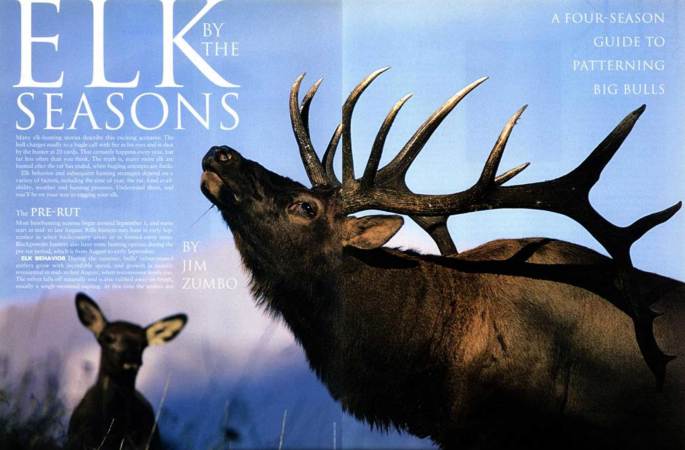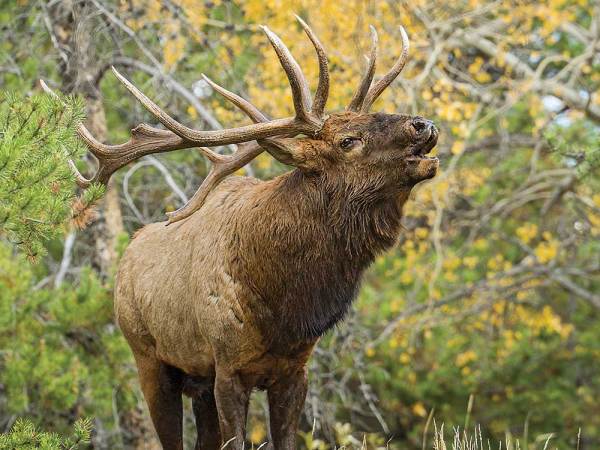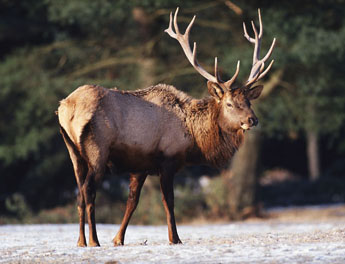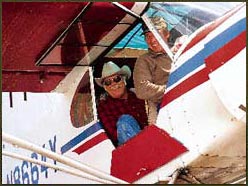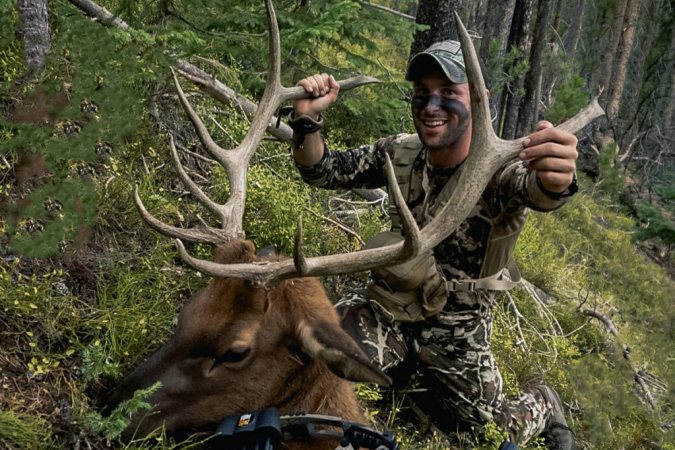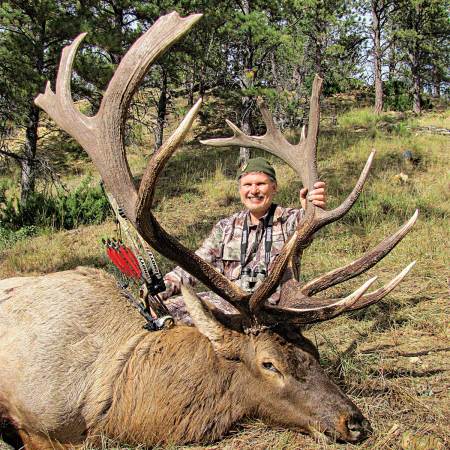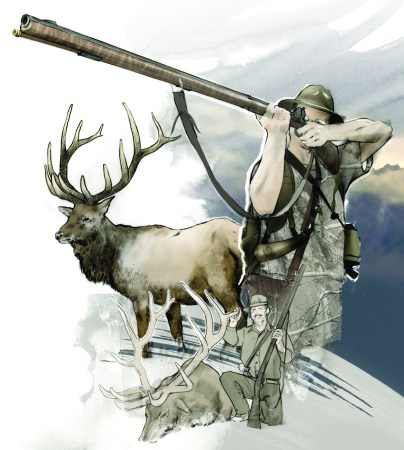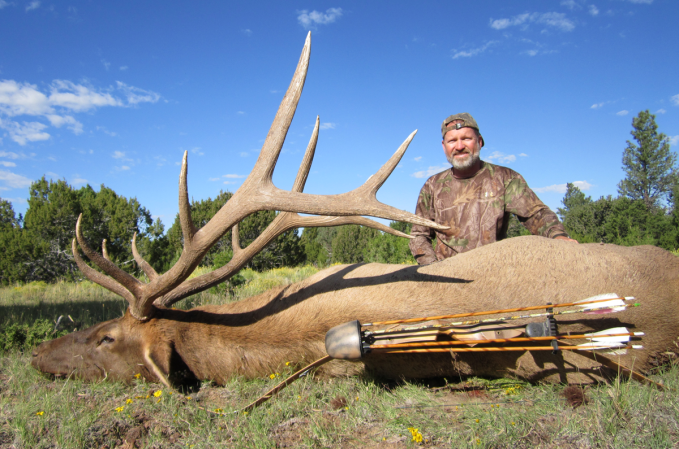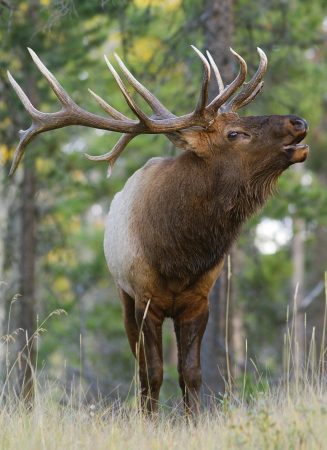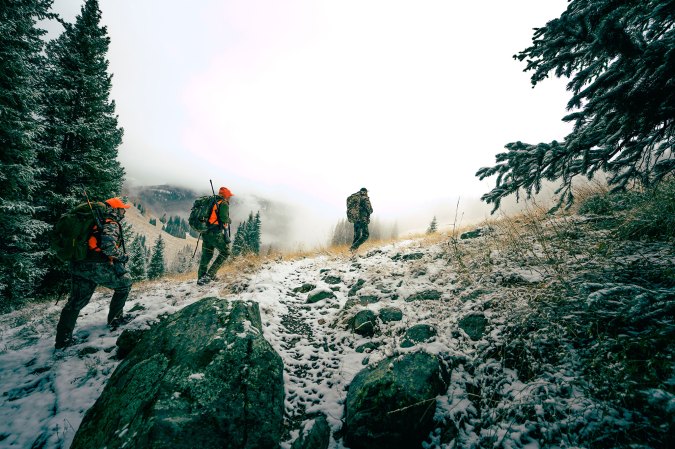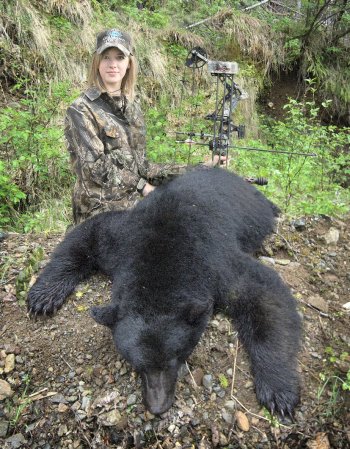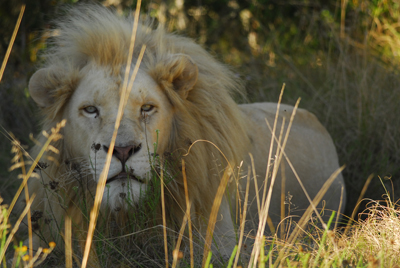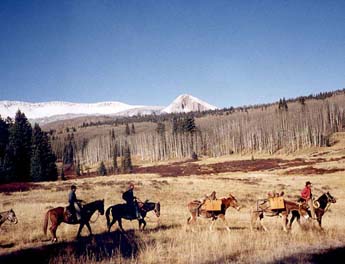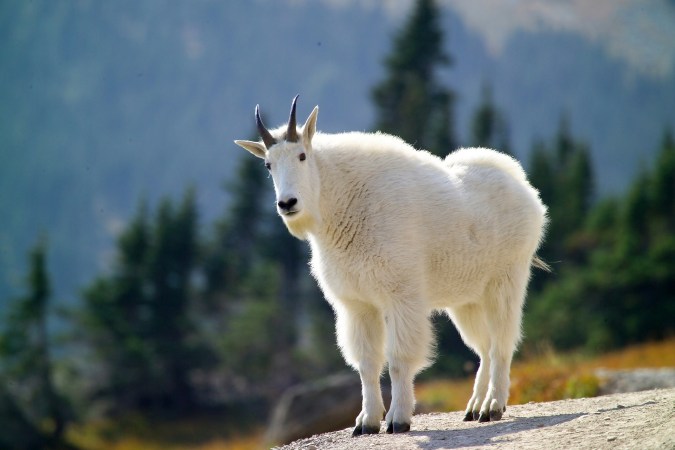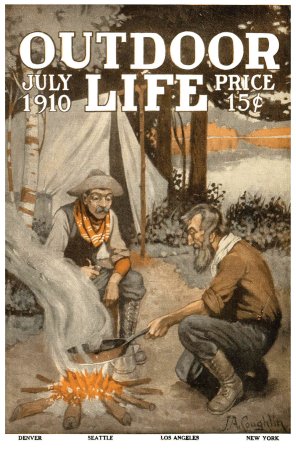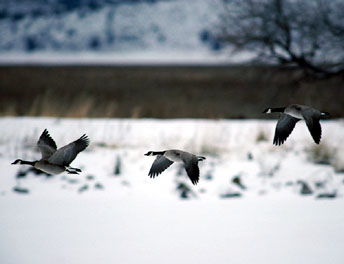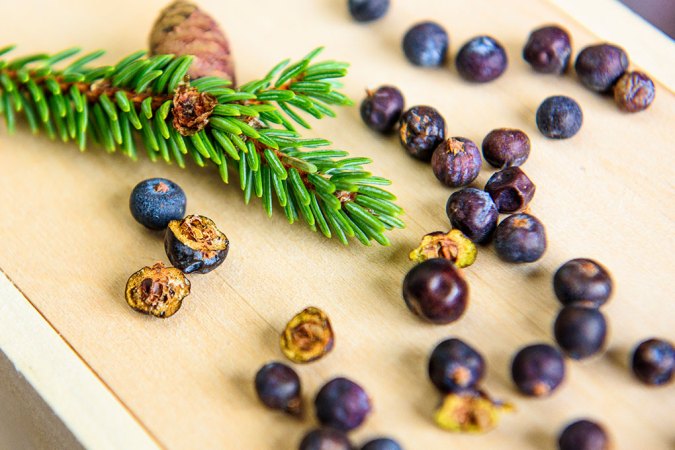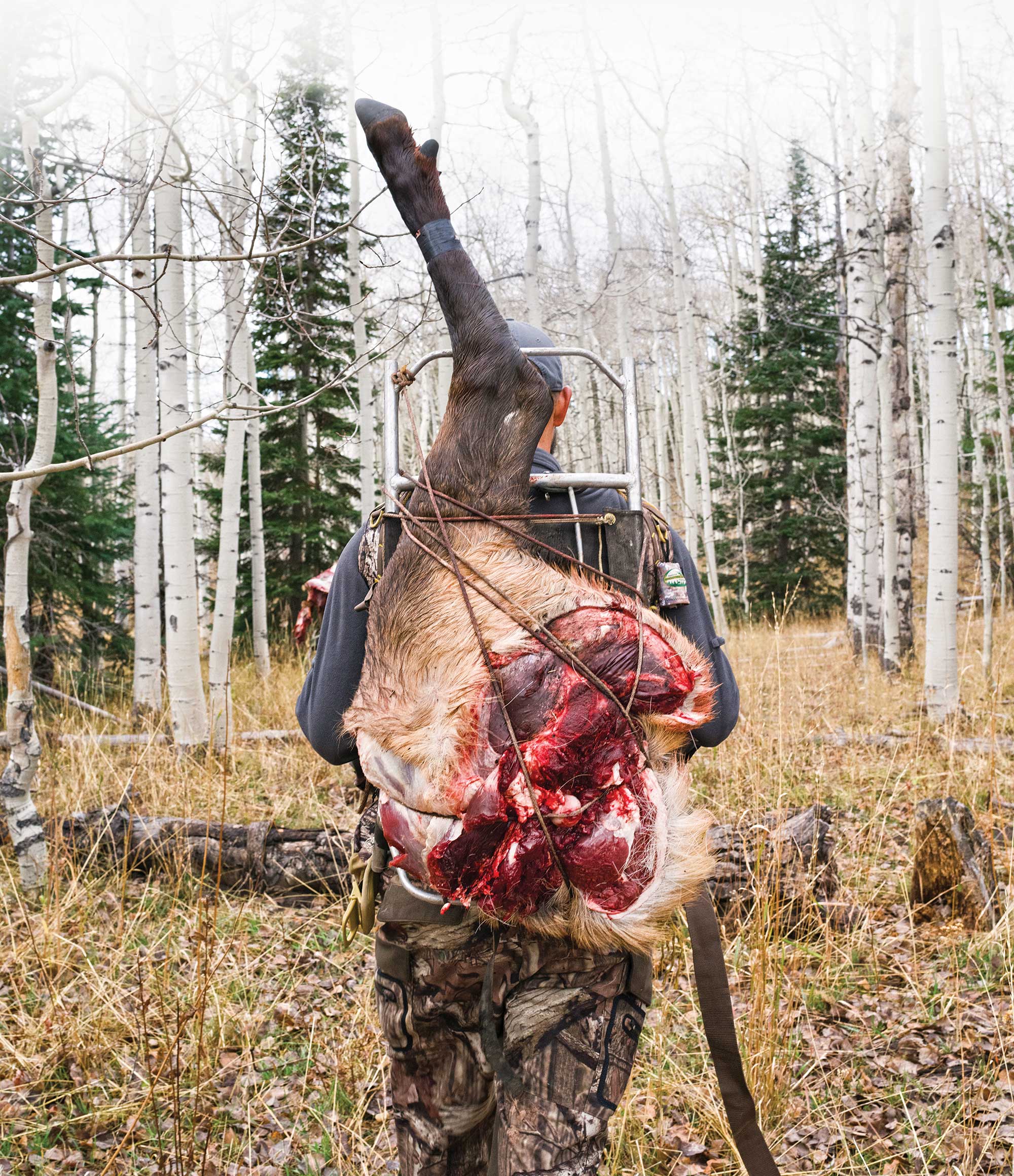
Golden aspens and dark timber musty with the smell of rutting bulls. Clear streams running through lush meadows. A lonely midnight bugle that shakes you awake in your sleeping bag. An army of hunters—all in competition, but also, somehow, still a brotherhood.
This is elk hunting in Colorado.
Last year, almost a quarter million hunters bought elk tags in the Centennial State, and they killed 44,852 elk, according to the STATE Wildlife department. But still, the post-hunt Elk population was eSTIMATED at 275,880 animals in 2015. That’s a bigger elk population than in Montana and Idaho combined.
The state is home to 11 national forests and 42 national wilderness areas. These are lands with legendary names: Gunnison, Flat Tops, White River, and San Juan. All are open to public hunting.
Yeah, buddy, Colorado is still the elk hunter’s paradise—and it’s high time you joined the brotherhood.
ELKTOWN, USA
Every October, Craig, Colorado, is transformed by elk and elk hunting By Andrew McKean
John Ponikvar knows when elk season starts in his hometown of Craig, Colorado, without looking at a calendar. The waits at gas pumps get long, as camo-clad hunters fuel muddy pickups. Restaurants that have plenty of open tables the rest of the year suddenly have lines that snake out the door. And Ponikvar sees a spike for automotive parts at his NAPA dealership a block off U.S. Highway 40 on Craig’s south side. Many of these autumnal customers speak in thick Southern drawls or clipped New England accents, and they’re mainly buying backcountry necessities: tow ropes, tire chains, and bungee cords.
The population of Craig, which has hovered around 9,000 for a couple of decades, doubles during elk season—at least if you count the occupants of all the hunting camps and rental cabins that dot the mountainsides around this western Colorado town. Hotel rooms are booked a year in advance of the season. It can be hard to find a cooler to buy in the local Walmart in November.
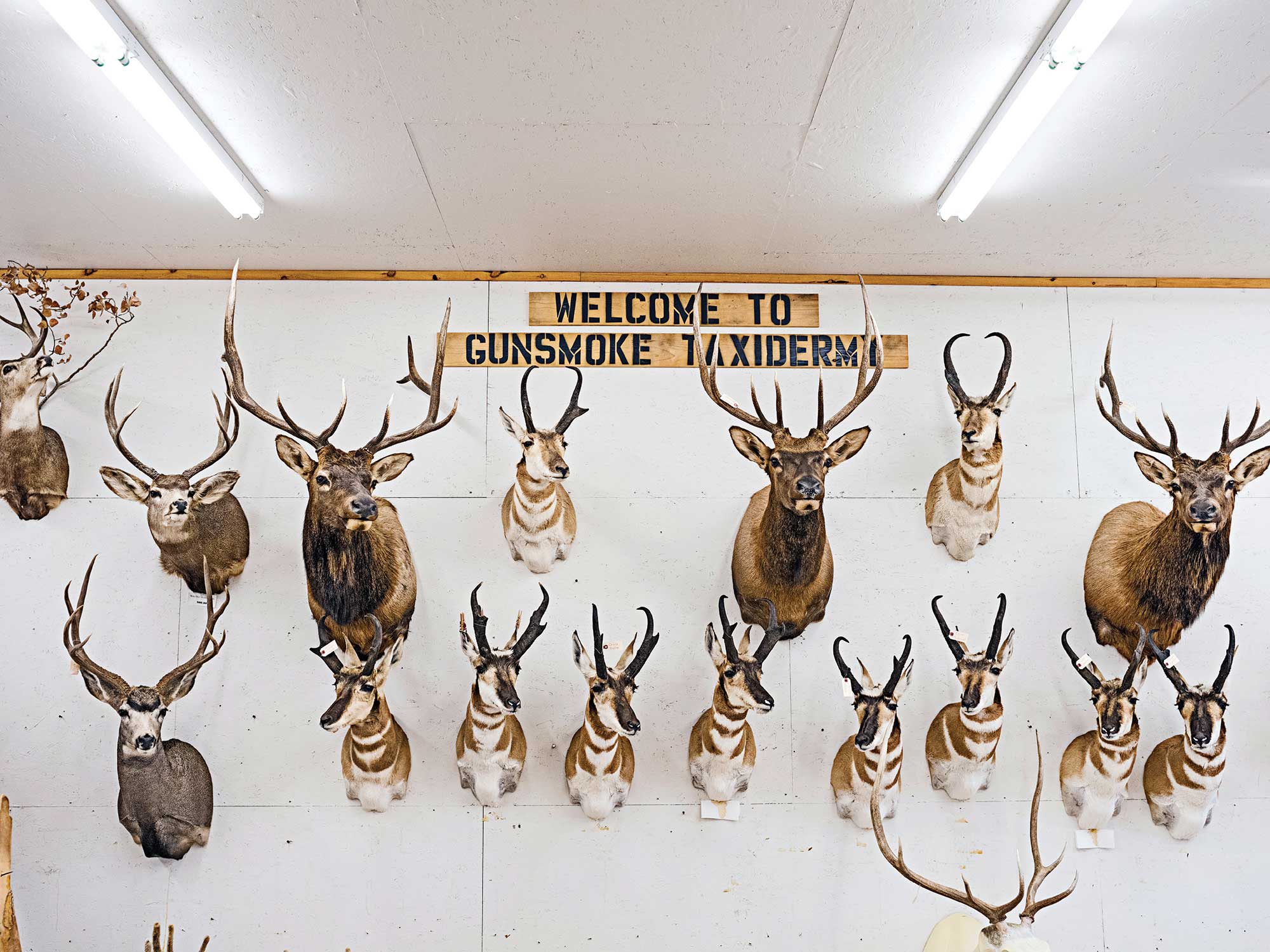
The hunting economy is so important for Craig that Ponikvar trademarked the town’s motto: “Elk hunting capital of the world.” You’ll find this simple declaration on the banner that hangs over Main Street, and on ball caps, T-shirts, and bumper stickers.
“I just wanted to do something that would put us on the map,” Ponikvar says. “Everybody says Craig is the elk capital. I made it official.”
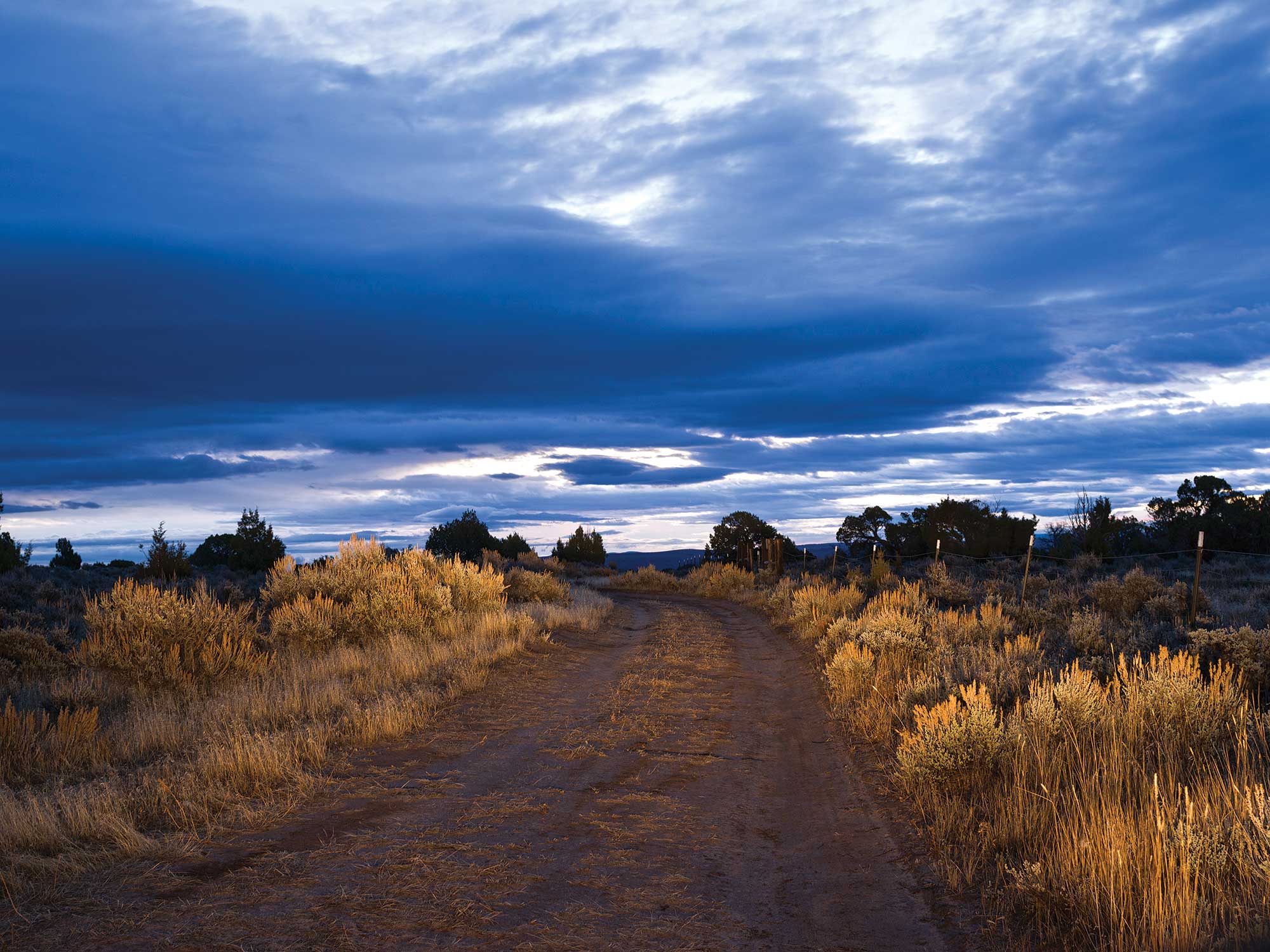
If there’s an evangelist for Craig and its elk culture, it is Tony Bohrer. Owner and operator of Ivory Tip Outfitters, pastor of Apostolic Lighthouse Church, and a member of Craig’s city council, Bohrer knows all about the multi-million dollar economic impact that hunting has on both the town’s bottom line and his own financial health. But instead of dollar signs, he thinks belly laughs and back slaps define the season.
“You walk into a restaurant most times of the year and everybody’s friendly and polite, but people keep mostly to themselves,” says Bohrer. “During hunting season, you walk into a restaurant and it’s just humming. You see total strangers talking to everybody, moving from table to table. Hunters asking each other what they’re seeing, how they’re doing. It’s a party.”
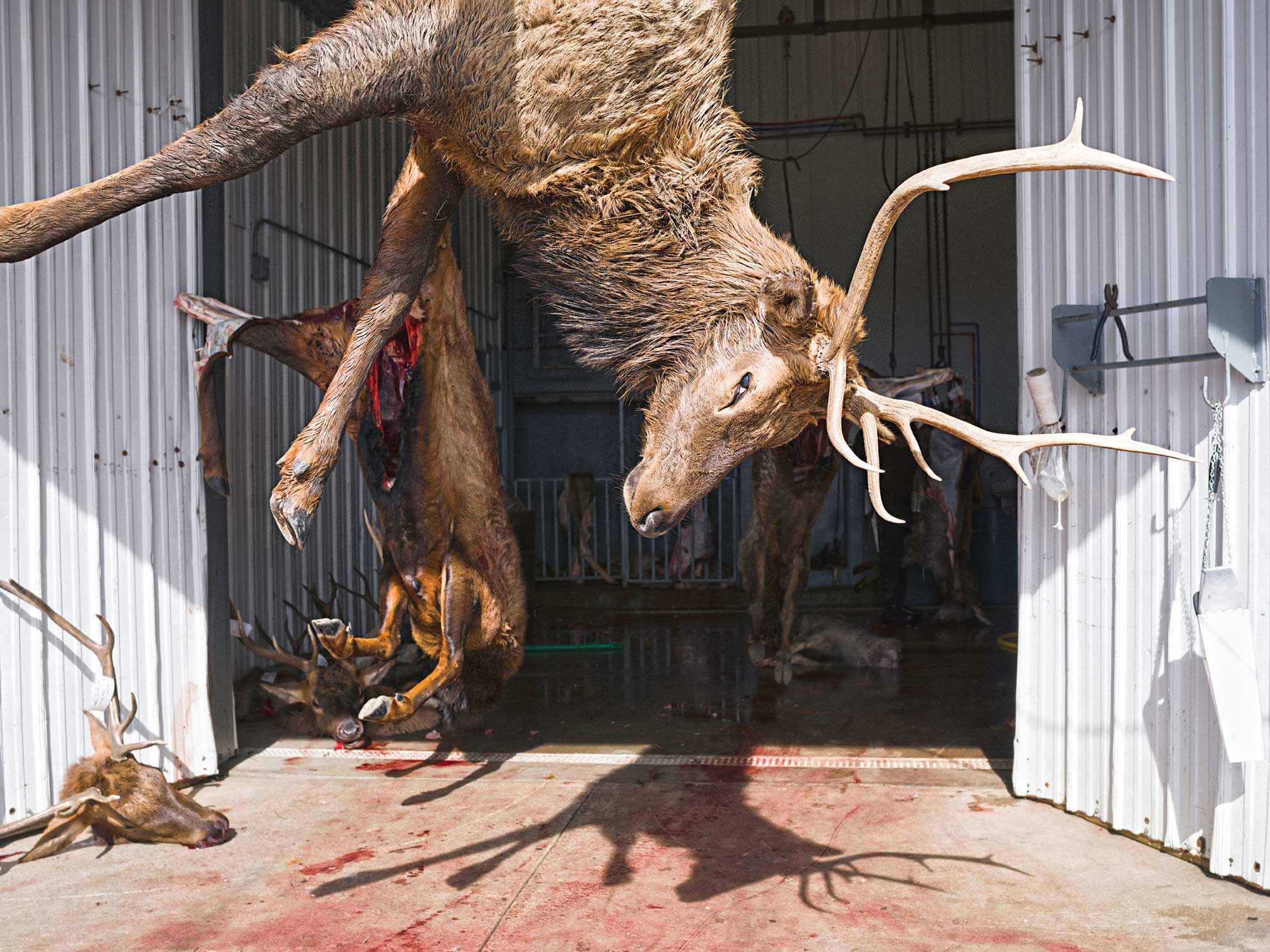
The other way you know it’s elk season is by all the dead elk hanging from backyard meat poles or stacked up in the beds of pickups. The need to butcher them creates hundreds of seasonal jobs up and down the Yampa River valley. Brothers Custom Processing, one of the biggest operations in northwestern Colorado, runs around-the-clock shifts during the height of elk season in order to butcher, trim, wrap, and freeze hunters’ meat within a 24-hour time period. In an average year, they’ll process more than 2,000 head of elk.
“I’ve been there on Sunday evenings in the third rifle season, and it’s nothing to see 30 to 40 trucks waiting in line to drop off critters,” says Bohrer. “And every pickup has two or three elk in it.”
“I’ve never seen anything like it,” says Jake Edson, a Minnesota hunter who shot a bull last year with one of Bohrer’s guides. “Within a couple hours of killing that bull, we had it off the mountain and to the processor. Next day, it was wrapped, frozen, and packed in 50-pound coolers ready for the airport.”
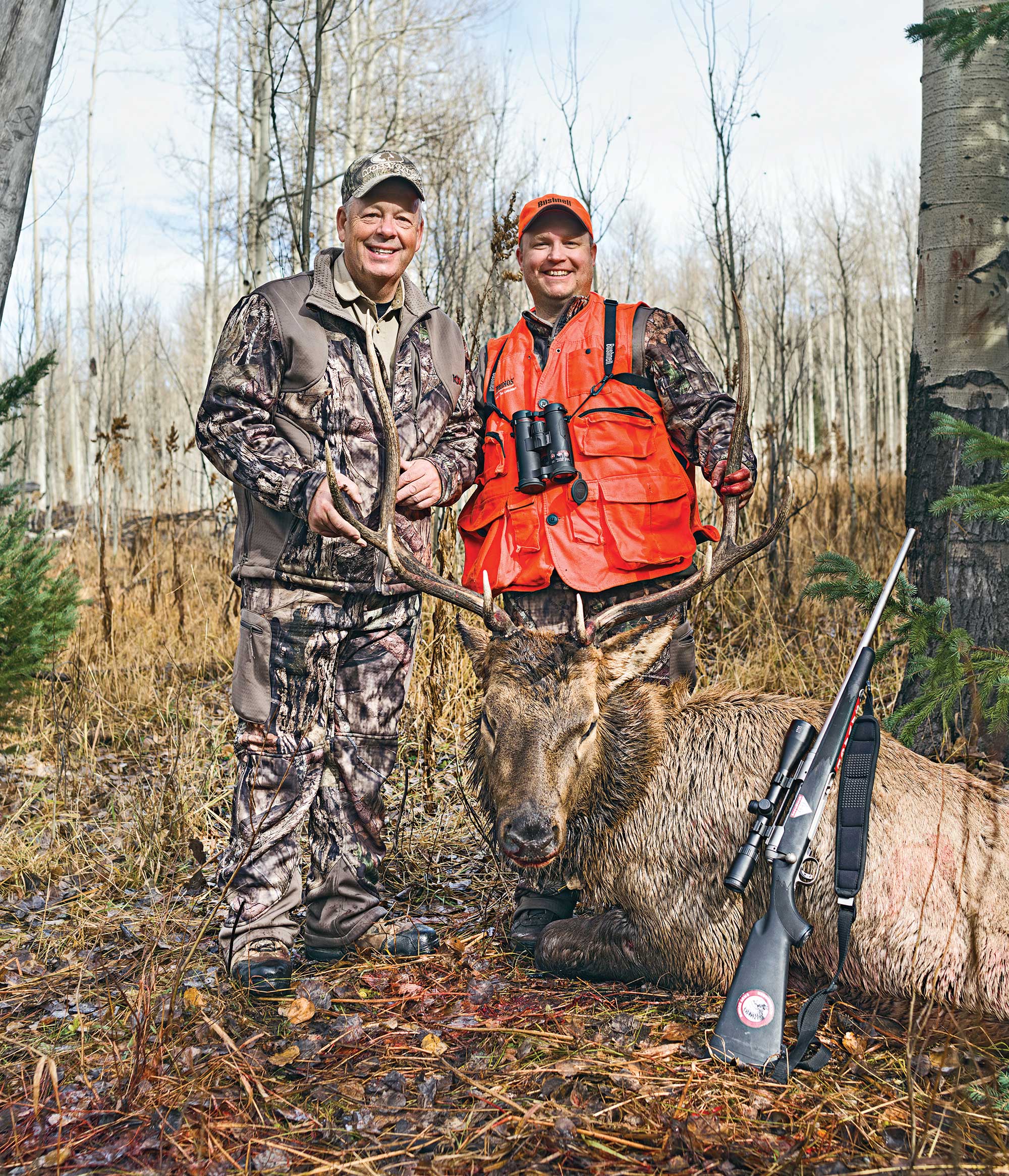
Herd Mentality
Wild elk, of course, drive this economy, and Craig sits between the two largest wapiti herds in the world. The Bears Ears herd, estimated at 23,000 head, roams the Black Mountain plateau north of town. The White River herd—which runs the rough uplands and slopes south toward Meeker—is estimated at more than 41,000 head.
Elk are distributed across abundant public land, from National Forest and BLM to state wildlife management areas. While the region isn’t especially known for trophy bulls, harvest rates have averaged around 33 percent in the last five years. If you’re after a mature bull, apply for one of the coveted special permits in units 2 or 201.
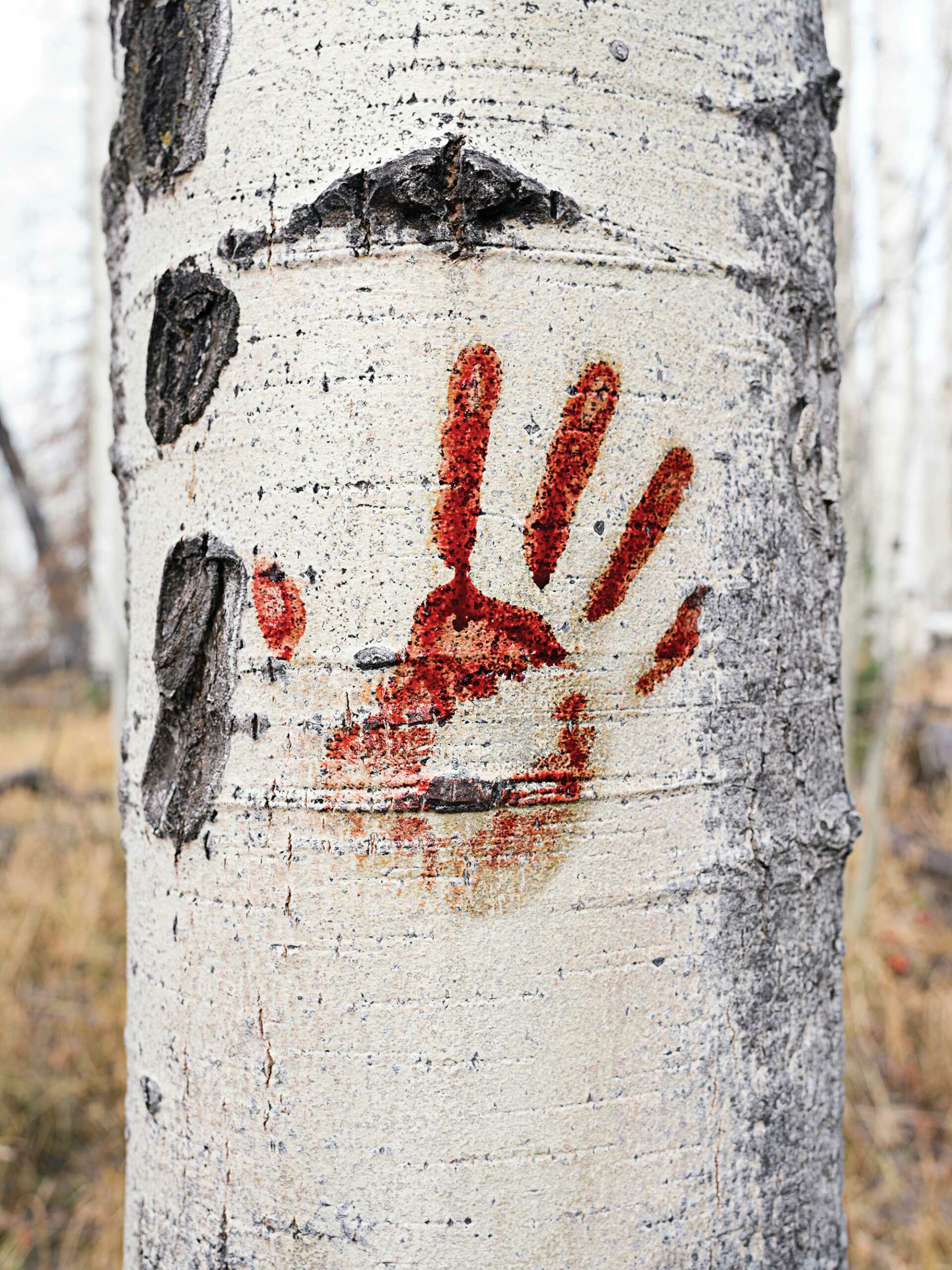
“Besides the sheer number of elk, I think our access is the biggest drawing card for the area,” says Bohrer. “And I don’t mean just public land. Our landscape has something for everybody. If you want to pack in and go high to get away from other hunters, you can do that. But if you don’t get around so well and just want to post up on a point, you can do that, too. Both types of hunters will be into elk.”
Colorado is the only state in the West that offers over-the-counter bull tags to elk hunters, resident and nonresident alike. For Ponikvar, that hunter-friendly licensing is also family friendly.
“We see a lot of families hunting together here,” he says. “I think it’s because elk hunting in most places is expensive, the licenses are hard to draw, and the hunting is really hard, so you save up for years but only one or two members of a family can afford to do it, or even be in physical shape to do it. Here, you really can hunt elk as a family, and everybody has a fair chance of success.”
Even if you don’t kill a big bull every year, you’re probably going to see elk in the Craig area.
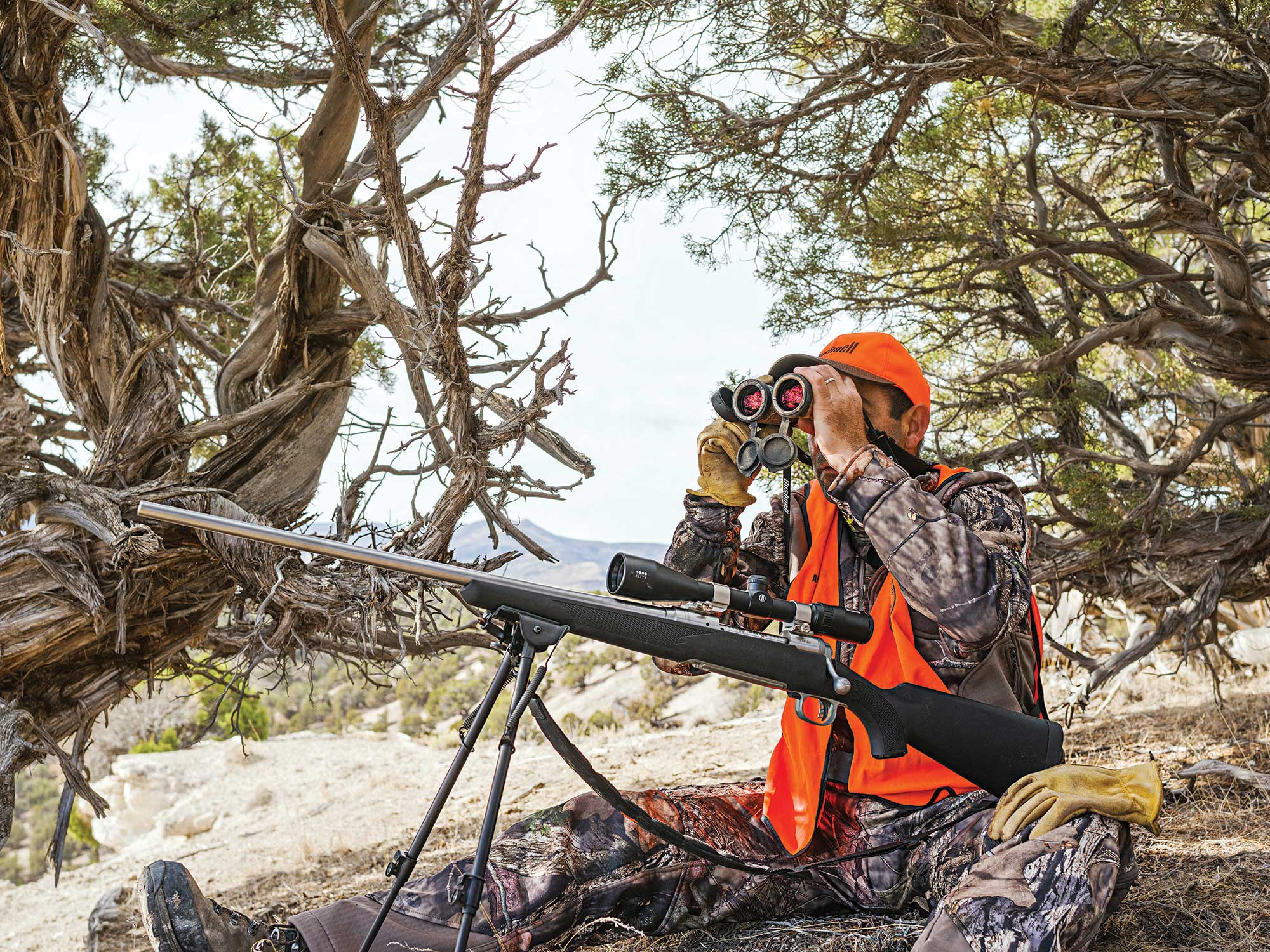
“That’s the thing with our elk,” says Ponikvar. “You’re going to see them. Now, you may only see them across the fence on a place you don’t have permission to hunt. But you’re going to see elk. I personally guarantee it.”
While Craig rewards impulsive hunters with over-the-counter tags and good public-land hunting, it pays to work a little more deliberately into the area’s elk-hunting scene. One way to do that is to hire an outfitter to help you learn the area. Tony Bohrer of Ivory Tip Outfitters (ivorytip-outfitters.com) says most outfitters around Craig offer deer and antelope hunts in addition to elk.
Fully guided antelope hunts range in price from $2,500 to $3,500. Deer hunts cost up to $6,000. And a fully guided elk hunt, which usually includes lodging, is roughly $5,500 to $6,500.
Consider a cow elk hunt, says Bohrer. “It’s generally a three-day hunt. Depending on whether you do it on your own or you hire a guide, it can range from $1,500 to $3,000. Or ask around about trespass-fee hunts, where you are basically buying access to good-quality private land.” Check FinandField.com for a directory of Craig-area outfitters. Search by species, location, or price.
#
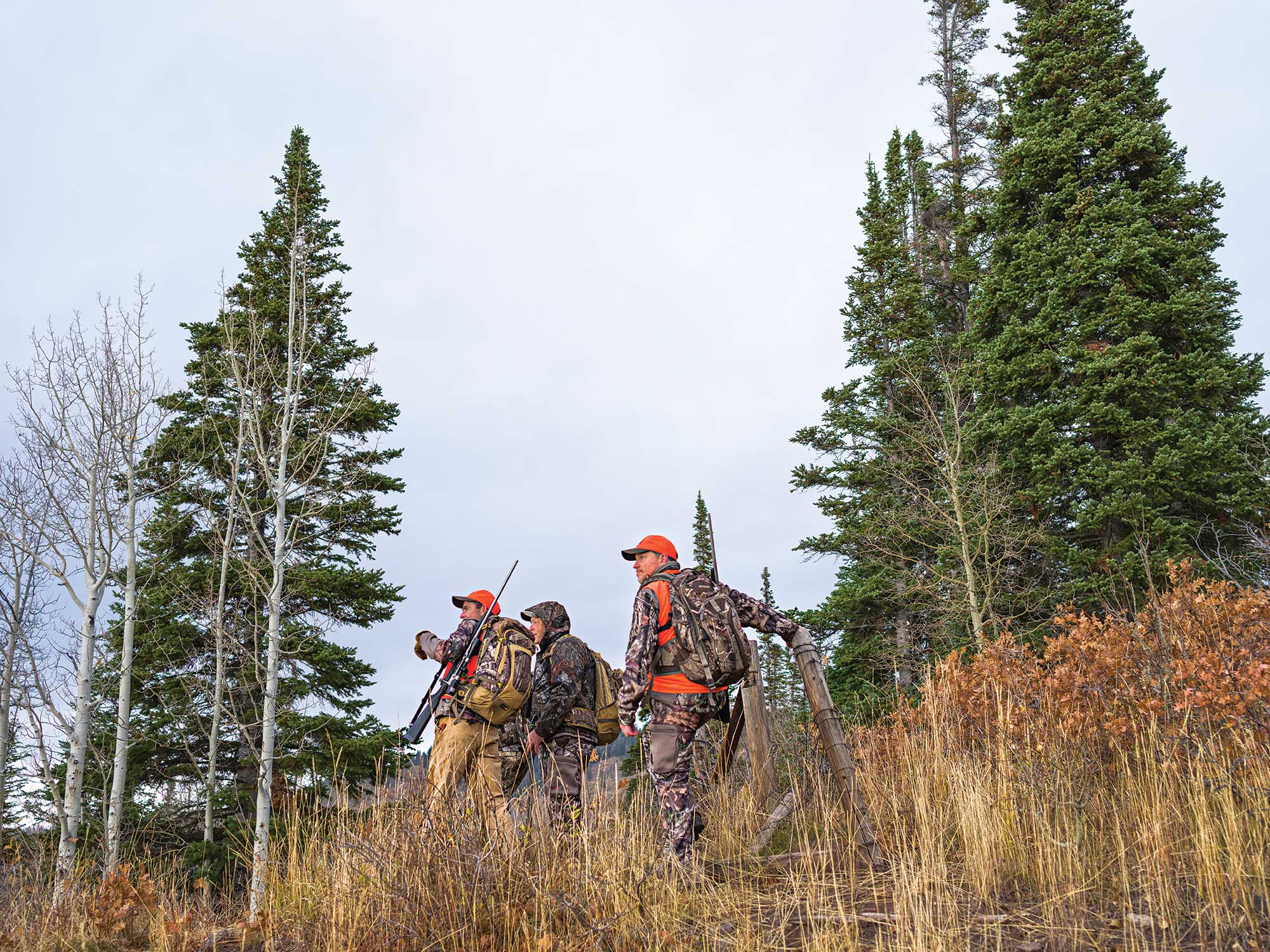
EVERYMAN’S ELK HUNT
Forget hunter success statistics. elk hunting on public land in colorado can be better than you could ever imagine—if you know where to start By Alex Robinson
We dropped off the steep rock slide and found our buddy Nate Mowry as the sun sunk low over the mountains. He had excitedly signaled us down the ridge toward him, waving his orange vest like he was signaling for air rescue. “How big is he?” my cousin Shawn Robinson asked.
“Big” is all Nate could get out.
We ducked into the timber and Nate led us to his dead bull. We stood in a half circle, listening to Nate recount how the hunt had played out, each taking turns to inspect the heavy 6×6 frame—the local taxidermist would later tell us that the rack scored more than 300 inches.
We’d been up since 3:30 a.m., and fatigue started to replace adrenaline as we caped and quartered the bull beneath headlamp beams. We were three rookie elk hunters high on the mountain on the first night of the Colorado muzzleloader season. We’d killed a trophy bull. We were out of food, low on water, and 4 miles from camp.
We started this hunt hoping for adventure. Now we had found it.
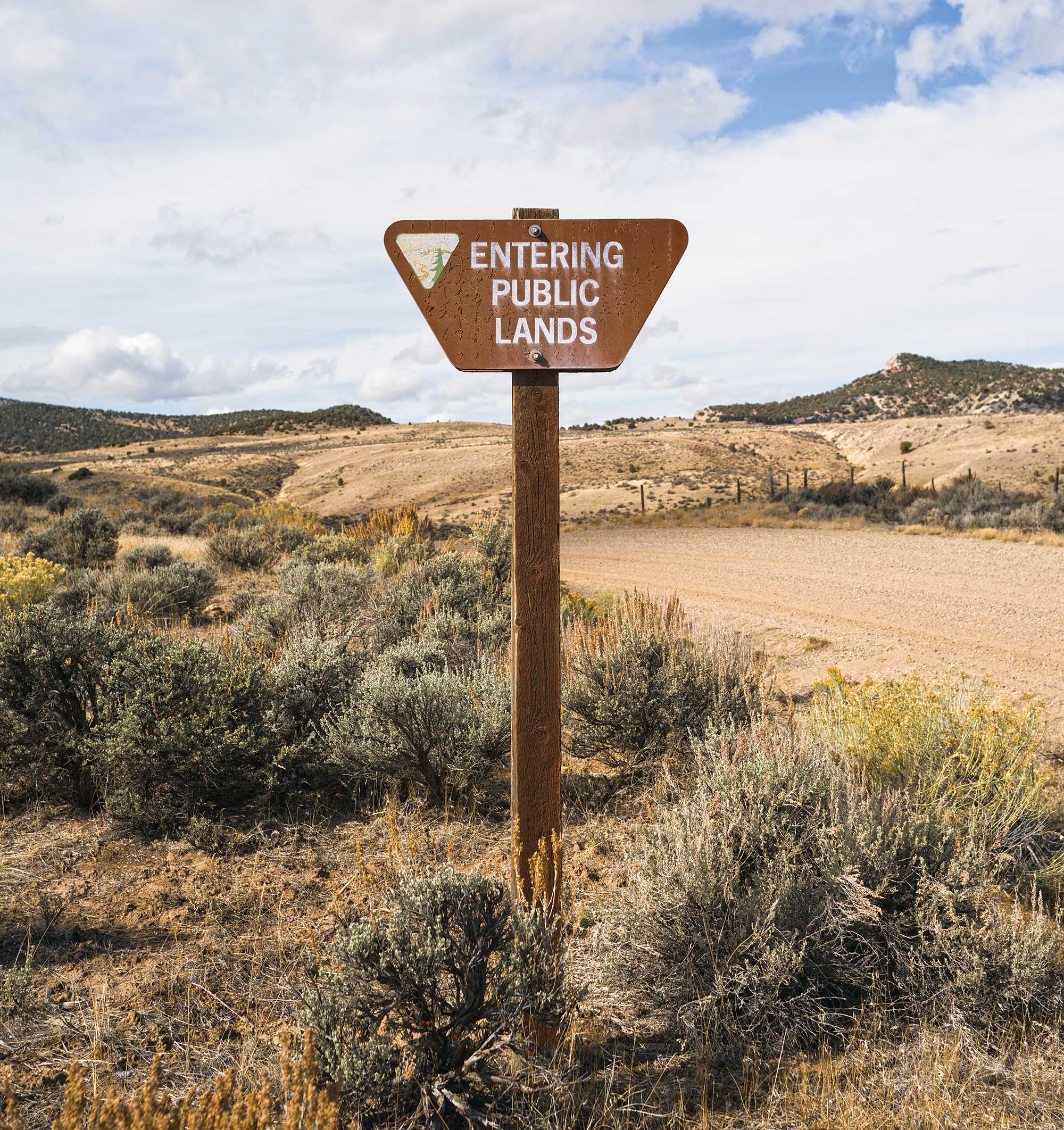
The DIY Blueprint
Even though we were new to elk hunting, Nate’s bull wasn’t just a lucky break. His success came through diligent scouting, patient hunting, and a deep knowledge of the area. The latter came secondhand from an elk guide-turned-investment sales trainer, TJ Rizzo.
Rizzo grew up hunting Colorado’s national forests and wilderness areas, tagging along with his dad since he was five years old. He worked as an assistant guide in The Gunnison National Forest before deciding he couldn’t survive on a guide’s wages and got a desk job. That’s where he met Shawn, a Wisconsin deer hunter who had relocated to Denver for a finance job of his own.
Every September for the last three seasons, I’ve traveled west to hunt elk on public land with Shawn and Nate (also a Midwesterner who moved to Colorado).
Each year we’ve followed Rizzo’s elk-hunting blueprint—he still chases elk like a maniac, and to date he’s personally killed or guided hunters to more than 20 bulls on public land. He won’t take us to his best spot (and I don’t blame him), but he coaches us through the season. And each season we kill elk, or at least have close encounters with bugling bulls.
And you can too.
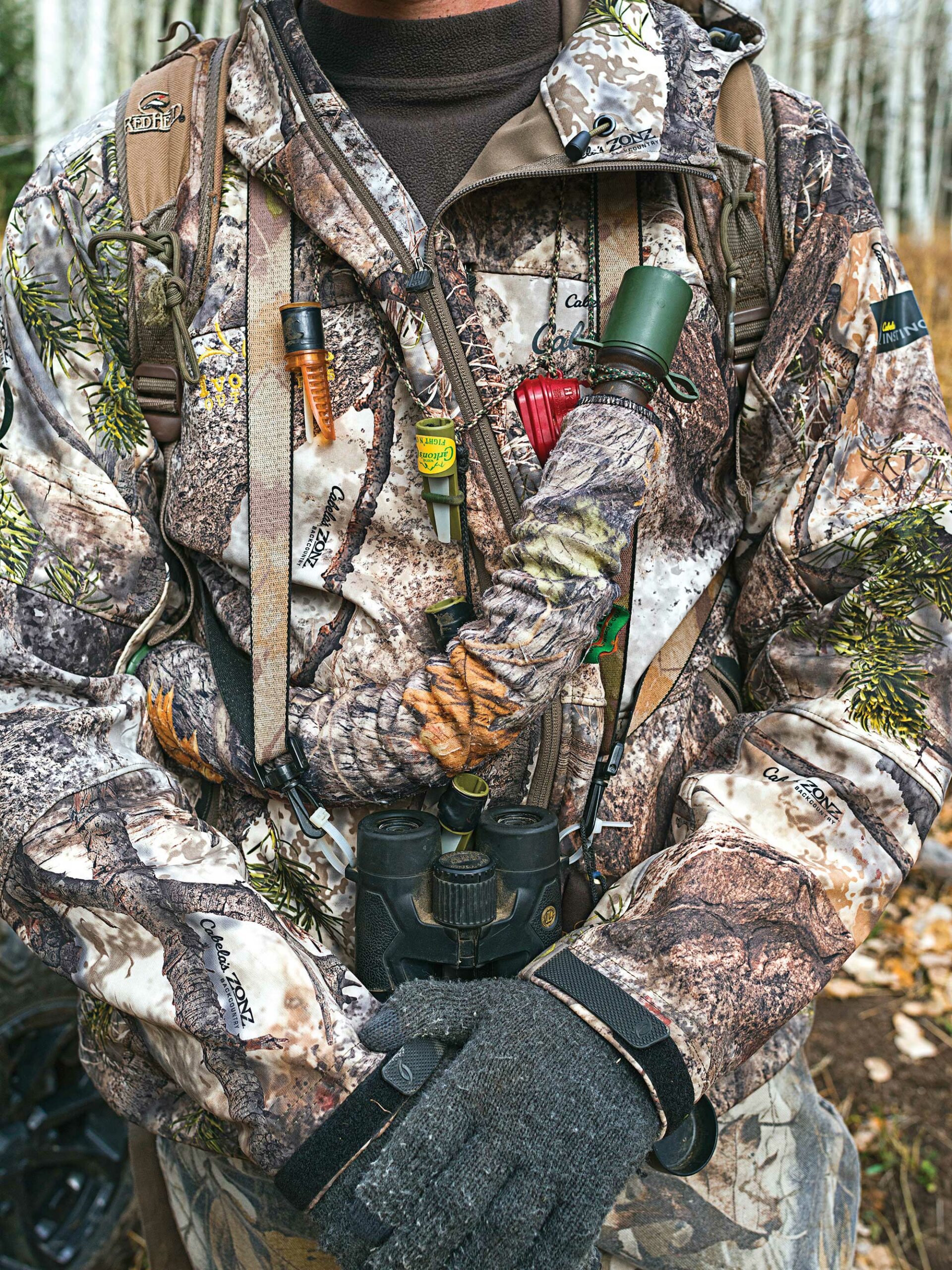
What follows are the lessons Rizzo has learned from decades of elk hunting on Colorado’s public lands, and from what I’ve experienced firsthand on the mountain following his advice.
“I like helping guys who are going to hunt hard and are willing to learn on their own,” Rizzo says.
So, if you’re willing to do it the hard way, heed these words of elk wisdom.
Lesson 1
COMMIT
First, a reality check: If killing a bull elk is on your bucket list and you’re planning to do it in one hunt, forget the notion of DIY and book an outfitter. A Colorado DIY hunt’s main benefit is that you can go every year. There are plenty of over-the-counter tags available, and compared to outfitted elk hunts, the trip is relatively cheap.
With each season under your belt, you’ll learn more about the habitat, the elk, and yourself as a hunter. You’ll have run-ins with bulls, many of which you’ll screw up, and that’s all part of the fun. That’s why success rates don’t do Colorado’s elk hunt justice. If you hunt hard, learn something, and come home safe, each season is a success.
So when you’re planning a trip, Rizzo says, look for units where you can hunt every year, or at least every couple of years, as your budget and vacation time allows. Use the Colorado Parks and Wildlife website (cpw.state.co.us/) to identify units that have higher success rates and lower hunter numbers in the season you intend to hunt. The website has a wealth of information and tools, including a hotline (303-291-7526) for hunters planning a trip.
For out-of-staters, Rizzo says the best option is during the mid-September muzzleloader season. Bulls are actively rutting then, there are fewer hunters than there are during the rifle seasons, and tags are plentiful.
Lesson 2
GO DEEP
It’s an undeniable fact that mature bulls flee from hunting pressure. So much so that Rizzo bases his whole strategy on avoiding areas with any hunting pressure.
“If you can Google the name of the basin or drainage you intend to hunt and find information about it on hunting forums, look for somewhere else. That spot is burned,” he says. Escaping pressure will lead you to more elk, and will put you in an area where bulls are more responsive to calling.
In order to get deeper than other hunters, go with a buddy and rent a horse or two—many outfitters will rent a horse for about $500 per week, according to Rizzo. And you don’t have to be the Horse Whisperer, because the pony isn’t for riding. It’s for packing in your gear and packing out the bull. Spend time before the hunt learning how to properly load a pack horse and care for it during the hunt, and you’re good to go.
You also don’t need to be an all-American athlete to hike 10 miles into the Colorado backcountry. However, a certain level of physical fitness—and an honest assessment of your physical limits—is required.
Rizzo recommends checking out wilderness areas first because they restrict motor vehicle access. Once you decide on an area, study it on topo maps and Google Earth. Start by locating drainages that look steep and seem hard to get to.
“The fewer hunters you see, the more elk you’ll see. It’s that simple,” he says.
Lesson 3
FIND AN ELK OASIS
Here’s what you’re looking for specifically: a secluded, high-altitude basin with heavy north-side timber, easily accessible water, and knee-high green grass above the tree line.
“Every really good spot I’ve ever hunted in Colorado has these characteristics,” Rizzo says.
The dark north-side timber (which you can see if you zoom in close enough on Google Earth) is critical because it gives bulls a cool, safe place to bed during the day. If you are unsure that elk are using the basin during the time of your hunt, slip through the north-side timber. If bulls are in the area, you’ll find fresh droppings, tracks, wallows, and rubs. The sign will be impossible to miss. But exercise extreme caution here. Blow a bull herd from their beds, they’ll likely leave the drainage.
Rutting bulls will hit water every day, and take their cows to graze on green grass at the highest altitude available just about every night. Find an area in Colorado that has these features and minimal hunting pressure, and you’re almost guaranteed to find elk.
If you’re not in elk, look steeper and higher.
Lesson 4
HUNT LIKE A VAMPIRE
Bull elk are most active during dawn and dusk, and under cover of darkness. You’ve got to hunt the same way. Ditch the idea of “sleeping with the elk,” Rizzo says. If you camp high, where elk are feeding and traveling, you’ll only spook them out of the area. Instead, camp low and hunt up each morning.
The objective is to cut off a bull between his feeding area and bedding area during the first hour or two of morning daylight. This means damn early mornings. The mountain thermals push air (and your scent) down the basin early in the morning until the sun gets high enough to heat the mountain. At that point, the thermals push air up the basin.
If you don’t get on a bull in the morning, hike to the peak to glass, have lunch, and take a long nap. The wind will blow up the mountain now, and from your high vantage point, your scent won’t contaminate the drainage below you. Pick a spot where you can glass big wallows and streams near heavy, north-side timber.
If you’re confident you’re hunting where the elk want to be, resist the urge to stalk the timber. Save your energy and let the elk come to you, Rizzo says.
When the sun starts to cast long shadows across the basin, glass those grassy meadows hard and be ready to move. The trick to an evening hunt is timing. If you spot a bull, you’ve got to get into shooting range before it gets dark and before the thermals shift and start blowing down the mountain again. Elk or no elk, glass until dark.
Lesson 5
CALL CONSERVATIVELY
Unless you’re a true pro, keep your calling simple, Rizzo says. Even if you’re deep in the backcountry, you’re still hunting pressured elk that aren’t going to react like the private ranch bulls you might have seen on hunting shows. Rizzo recommends bowhunters and muzzleloader hunters use simple, lost-cow calls from early September until about September 20. Bulls are usually establishing their herds during this time, and if you aggressively bugle at a herd bull, he might scream back at you, but then he’ll just round up his cows and walk off.
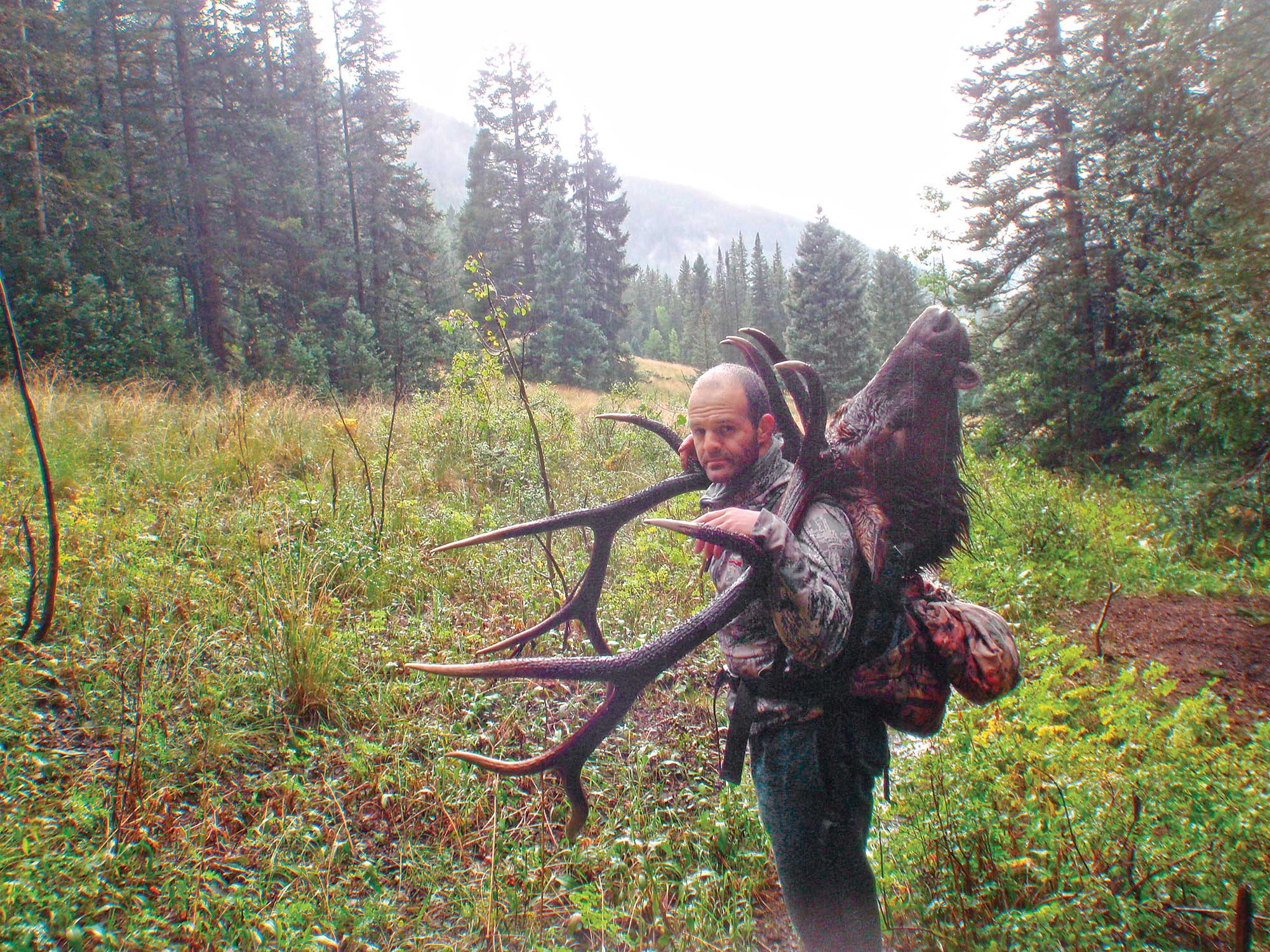
The exception here is bugling at satellite bulls in early to mid-September. If you glass a jacked-up bull on his own—thrashing sapling pines and bugling—get as close as you can and give him a simple challenge bugle.
After September 20, the elk are usually herded up, and bugling becomes more effective, Rizzo says.
“That’s when you see fights,” he says. “Bugle at a big herd bull now and he’ll come out to defend himself.”
Packing Out
It took us until 1 a.m. to pack out Nate’s bull. Nate ran the meat to the butcher and Shawn and I headed back up the mountain.
On the fourth day of the hunt, we were positioned at the foot of a high-mountain valley watching the sun come up. Soon enough, a couple of cows poked over a ridge to our north, about a mile away.
Then came the herd bull. He topped the ridge behind his cows, 12 long tines gleaming.
We strapped on our packs, grabbed our muzzleloaders, and took off toward the steep ridge. We plowed through a patch of alders, and started climbing through the timber. The elk were above the tree line but were headed down toward the timber. Our plan was to cut them off before they reached the cover.
If you’ve ever competed in a middle-distance track event, then you understand what it feels like to chase elk at altitude: burning legs, dizziness, and high-pitched, desperate breaths.
About three-quarters of the way up the ridge, we heard the bull bugle, almost directly above us.
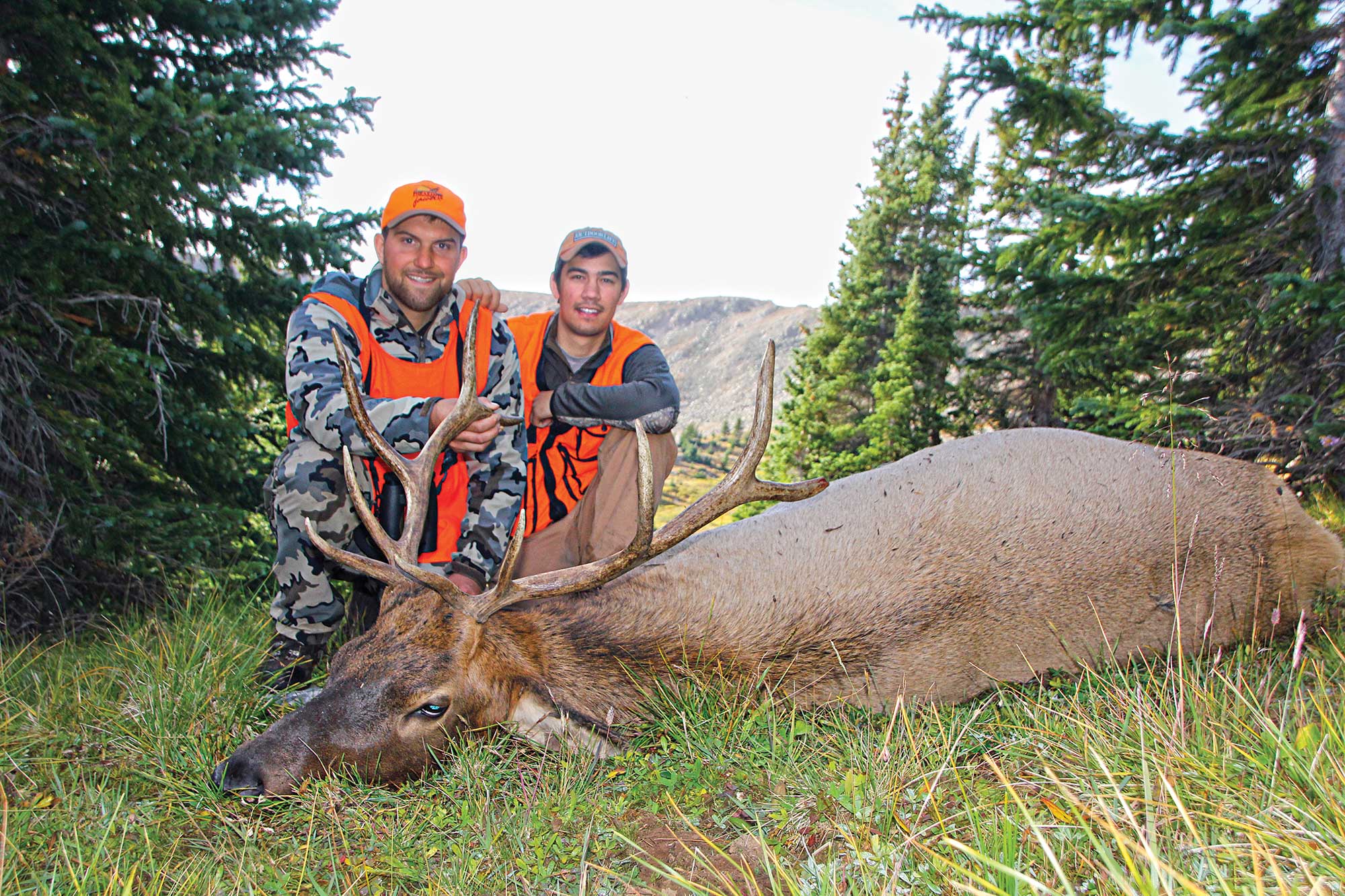
We were just about to poke through the timberline when a cow and a calf nearly ran us over. They bounded in from our left and dropped straight downhill. Shawn brought his gun up just in time to find the bull that had flushed the cows. He stopped at 10 yards and spotted us just as the hammer dropped.
The bull went down in a cloud of smoke, kicked for a minute, and then lay dead. Shawn and I sat there speechless. He wasn’t the big bull we had first spotted—it was a young satellite bull. But neither of us cared about that.
The royal bull rounded up his cows with angry bugles and headed down to the middle of the valley. He gave one more guttural scream, as if to say, “Try again next year,” and then disappeared into the timber.
